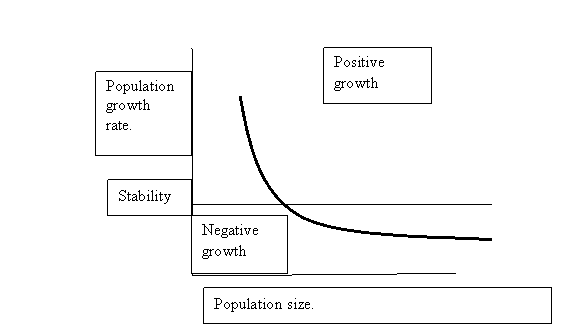
The bright circle of friends:
It turns out that, social media notwithstanding, you only have so many friends. An article in the Economist (Done, Bar the Counting Economist vol. 418 no. 8973 January 23, 2016 page 73) recounts the work of Robin Dunbar or Oxford, who figures there is a maximum number of stable relationships a person can have, called “Dunbar’s Number.” It seems to be between 100 and 200. And yes, it’s the same for the number of Facebook friends, on average.
I have over 200 Facebook friends, but many are quite distant; I hardly see them at all. I would put my own number of friends much smaller. It turns out that one’s support clique, those one can ask for help, is five, which is about right for me, and then there is a sympathy clique, close friends, of about 15. That’s about the number I try to see regularly. I guess I have no friends, only cliques.
You remember the work: On the Regulation of Populations of Mammals, Birds, Fish and Insects, Richard M. Sibly, Daniel Barker, Michael C. Denham, Jim Hope and Mark Pagel SCIENCE vol. 309 July 22, 2005 page 607. That featured a graph, I try to reproduce thus:

A small population tends to grow, a large to shrink, irrespective of environmental factors. And of course the sweet spot is where the line crosses the “stability” level. I think of this as the ideal arrangement; if humans were divided into social pools of that size, the population would be stable and much would be better.
Don’t worry about whether we can support our present population forever; we are in for a major decrease in our numbers worldwide. The question is whether it is even possible, at this late date, to set anything up at all. There is no enthusiasm I can detect for such a social change, but if there were, it would be nice to have a pretty good idea of just what that number is. I assume it excludes plankton and elders. I bet it is the Dunbar number.
There have been 240 visitors over the past month and YouTube has played “Babies Triumph over Evil” 202 times.